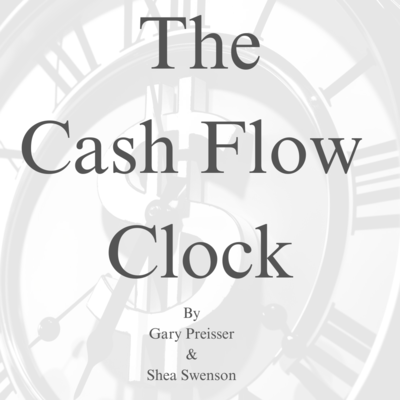The Cash Flow Clock: For Retirees - Book - Page 38

The Cash Flow Clock
growth. We are committed to donating everything in the DAF, including the
growth.
Once we turn seventy and a half, the way we donate to charity should
change. We are now able to utilize Qualified Charitable Distributions
(QCDs) by donating assets from our IRA (not 401k) accounts directly to
charity. These assets have not been taxed yet. Because the assets are being
given to a charity (any 501c3) they are completely tax free. The QCD is a
distribution from our IRA that is tax free. We don’t have to itemize our
deductions to get a tax benefit. We can take the full standard deduction. The
QCD simply doesn’t count as income.
Another benefit of the QCD is that it counts towards our Required Minimum
Distribution (RMD). As we discussed previously, tax deferred money is tax
free as long as it is not withdrawn. In order to expedite taxation on these
accounts, the government requires that withdrawals be made starting at age
73. RMDs provide tax generation for the government and can force
taxpayers into higher tax brackets. Any charitable donations made using a
QCD makes the RMD tax free (up to the amount donated). It is one of the
best deals in the tax code and can be used to donate up to $105,000 per year
per person (as of 2024).
Roth Contributions and Conversions
Based on our understanding of tax buckets, it is easy to see why we would
prefer to have as many of our assets as possible in Roth accounts. There are
two ways to get money into Roth:
Contributions – In order to contribute to a qualified account (Traditional or
Roth), we must have earned income (W2 or 1099 self-employment income
reported on a schedule C). For IRAs (Individual Retirement Accounts), the
maximum contribution is $7,000 per year (for 2024) with a catch up of
$1,000 if you are over 50. Other employer sponsored plans (401k, 401a,
403b, 457, etc.) have a higher limit ($23,000) and catch up ($7,500). These
limits are the same for either traditional or Roth.
If we make too much money (according to the government), we may not be
able to contribute to a Roth IRA. But we can still convert tax deferred assets
into Roth no matter how much income we have.
34